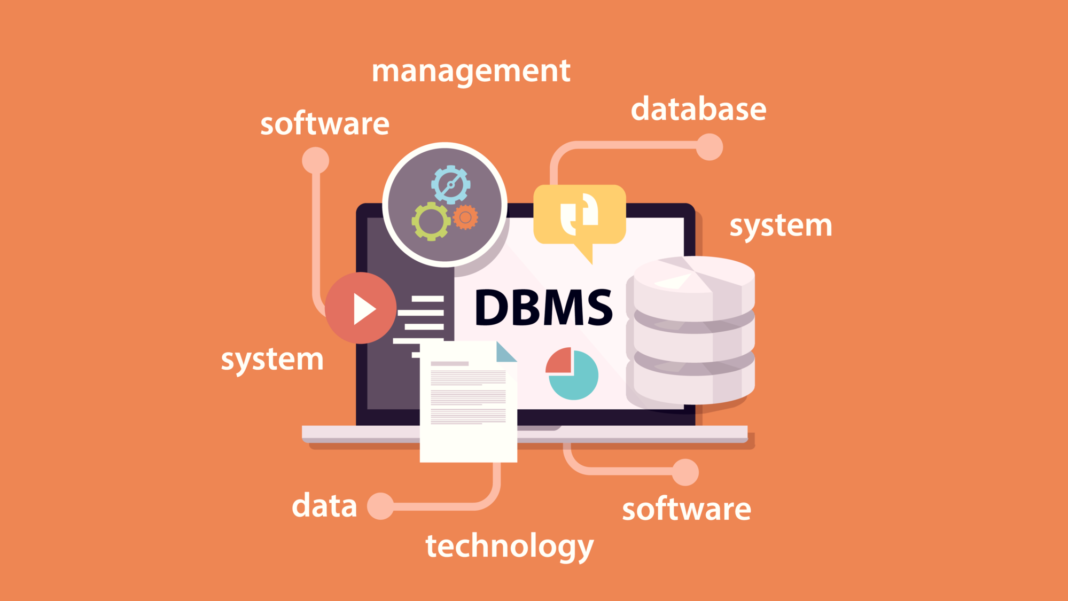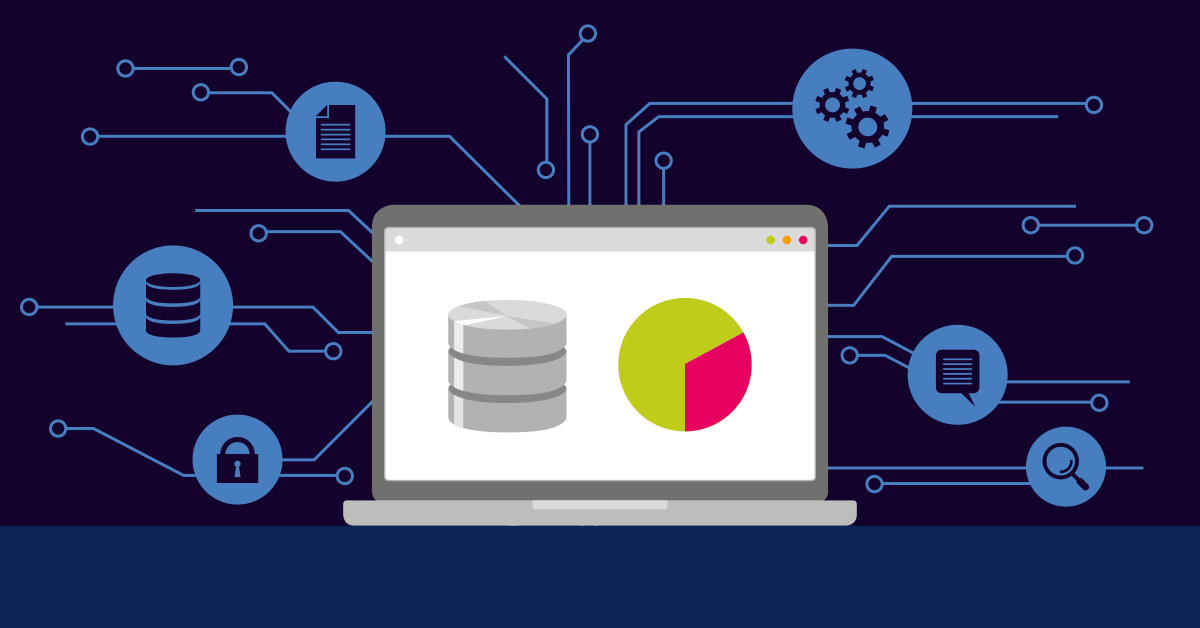What exactly is DBMS? We’ve told you everything you need to know about them in different articles. Today, we’re going to talk about software for managing databases. We will talk in depth about what DBMS software is and what its features are. We need DBMS software to take care of any database. Today, we’ll tell you about some well-known DBMS software that is used in web development and software development.
What is DBMS Software?
As you know, we store data in a table-like format on a computer system or server using a database. In these databases, many things are done, like adding, updating, and removing data. DBMS software is used to do all of this work.
This DBMS software is the only thing that can get into the database, get data out of it, or store data. This software acts as a link between the database and the application. When you use a web app, software, mobile app, etc., all of the data and information comes from the database, and DBMS software works between your apps and the database.
Also, Read- How to do SEO? 13 Good tips to Get 100% Traffic | Search Engine Optimization
Features of DBMS Software
Real-World Item: A database management system can store any kind of information based on what the organisation needs. This doesn’t just mean names, addresses, and phone numbers. With the help of DBMS software, a database can hold any kind of data that exists in the real world.
ACID Properties: Atomicity, Consistency, Isolation, Durability, and other ACID properties can be used in database management with the help of DBMS software.
Reduces Data Redundancy: Because DBMS software follows the rules of normalisation, data redundancy, or data that is repeated in the database when it doesn’t need to be, is cut down.
Data Integrity: Data integrity is one of the most important parts of a database management system. Data integrity makes sure that the database system is good and reliable. This keeps people from getting into the database without permission and makes it safer.
Backup and Recovery: We need backup and recovery when problems like Database Failure happen. If the data couldn’t be recovered at that time, it would be a big problem. The best thing about DBMS software is that it lets you back up and restore data.
SQL ( Structured Query Language ): SQL stands for Structured Query Language. SQL is a language that can be used to create queries, insert, update, and delete data in a database. Almost all DBMS software supports SQL.
Multi-User: With DBMS software, more than one person can manage the database at the same time. It makes it easy for many people to work at the same time.
Transactions: This is a very important part of a DBMS that makes sure that a transaction is either finished or not finished, but never both. For example, if you transfer money to an account, the transaction may fail or succeed, but you won’t get half of the money.
DBMS software names
Although there are many DBMS software, but here we are going to give only the names of 10 popular DBMS software and some information about them. These are the most commonly used DBMS software.
1. Oracle RDBMS
Oracle Database is the object-relational database management software that is used the most. This tool’s most recent version is 12c, where c stands for “cloud computing.” It works on all three platforms: Windows, Unix, and Linux.
2. MySQL
MySQL is another open-source relational database management system that is used a lot (RDBMS). Many of the biggest and fastest-growing companies in the world, like Google, Facebook, Adobe, etc., use MySQL. The MySQL database management system is used by WordPress to store its blogs.
3. The SQL Server from Microsoft
One of the most popular RDBMS programmes made by Microsoft Corporation is called “SQL Server.” SQL Server works with several programming languages, such as C++, C#, Delphi, JavaScript (Node.js), PHP, and Visual Basic. SQL Server can be used on both Linux and Windows.
4. Postgre SQL
PostgreSQL is a relational database management system that is free and can be used by anyone (RDBMS). It was made at first to replace the Ingres database, which was made at the University of California, Berkeley. Many big companies, like Uber, Netflix, and Instagram, use PostgreSQL. PostgreSQL supports SQL standards, but the syntax and functions have been slightly changed.
5. MonoDB
MongoDB is an open source database management system that is based on documents and doesn’t use SQL. MongoDB Inc. offers commercial support as well as cloud database services. Most of the time, this document-oriented database software is used to store a lot of data. It works with ActionScript, C, C#, C++, Java, and JavaScript, among other programming languages. It works with Windows, Linux, OS X, and Solaris operating systems.
6. Redis
Redis is short for Remote Dictionary Server, which is its full name. It is a non-relational database system, not a relational database. Redis is often called a “data structure server” because its basic data types, such as strings, lists, dictionaries (hashes), and sets, are similar to programming languages. It also has a lot of other data types and tools for counting, geolocation, and processing streams.
7. IBM Db2
IBM made DB2, which is a relational database management system (RDBMS). DB2 is made to look at, store, and get information. With XML, it can handle both object-oriented and non-relational structures.
8. Elasticsearch
Elasticsearch is a distributed, free, and open search and analytics engine that works with all kinds of data, including textual, numerical, geospatial, structured, and unstructured data, etc. The Apache Lucene Library is the foundation for Elasticsearch. Elasticsearch is the search engine that came after Compass, which was made by Shay Banon.








